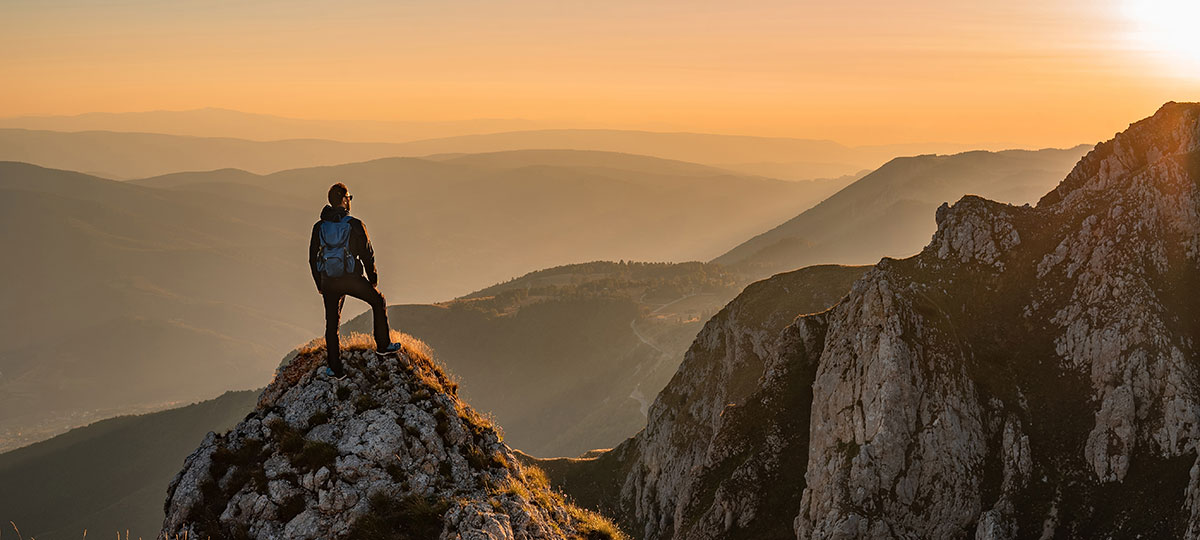Leadership often comes with high stakes, pressure, and complex decisions. For many, the lessons that shape strong leaders are found in books, classrooms, or boardrooms. But I’ve discovered that some of the most powerful insights come from an unexpected place: the wilderness. Spending time in nature, whether fishing, camping, or exploring remote landscapes, has taught me lessons that have shaped the way I lead, make decisions, and approach challenges.
Patience and Timing
One of the first lessons nature teaches is patience. Fishing, for example, requires calm, focus, and the understanding that results rarely happen instantly. You wait for the right moment, observe patterns, and adjust your approach. Leadership is very similar. Quick decisions are sometimes necessary, but sustainable results often come from leaders who exercise patience and think strategically. The ability to pause, assess, and act at the right time separates effective leaders from those who act impulsively.
Adaptability and Resilience
The wilderness is unpredictable. Weather shifts suddenly, rivers rise, trails change, and conditions often challenge the most carefully laid plans. Success outdoors depends on adaptability. You must adjust to circumstances, overcome obstacles, and remain resilient.
In business, conditions are rarely stable. Markets fluctuate, competitors innovate, and unforeseen challenges arise. Leaders who embrace adaptability, learn to pivot without losing focus, and maintain resilience in the face of setbacks are better positioned to guide their teams through uncertainty. Nature teaches that flexibility is not a weakness—it is essential for survival and long-term success.
Observation and Awareness
Spending time in remote landscapes sharpens observation skills. You learn to notice subtle changes in your surroundings, anticipate shifts, and interpret signals that are not immediately obvious. Leadership requires a similar level of awareness. Understanding team dynamics, reading market trends, and noticing small but important signals before they become critical issues is what separates reactive leaders from proactive ones. Nature reminds us to slow down, observe, and respond thoughtfully rather than react impulsively.
Humility and Perspective
Nature has a way of putting things in perspective. Standing at the edge of a vast lake, hiking through towering mountains, or watching the flow of a river reminds you of your place in the larger world. Challenges that feel insurmountable in the office can seem smaller when viewed through the lens of nature. Humility is a vital quality for leaders. It allows you to recognize the contributions of others, acknowledge what you do not know, and make decisions with empathy and wisdom.
Focus and Presence
The wilderness demands focus. A misstep on a trail or in navigating a river can have consequences, and distractions can be costly. Spending time outdoors trains you to be present in the moment and to concentrate on what matters most. In leadership, focus is equally crucial. High-performing leaders must prioritize attention on key goals, listen carefully, and engage fully with their teams. The ability to stay present, make thoughtful decisions, and avoid unnecessary distractions is a skill reinforced in nature.
Problem Solving and Creativity
Nature encourages creative problem solving. When you face unexpected obstacles—a river crossing, a sudden storm, or limited supplies—you must think critically and invent solutions with the resources available. Leadership challenges often require the same approach. The ability to assess situations, consider alternatives, and find innovative solutions under pressure is a hallmark of effective leadership. Wilderness experiences build this skill by placing you in situations where conventional solutions may not be available.
Balance and Renewal
Time in nature also teaches balance. Stepping away from the constant pace of business allows you to recharge, reflect, and return with renewed energy. Leaders who neglect balance risk burnout, poor judgment, and diminished effectiveness. Nature provides both a physical and mental reset. It reminds us that sustainable leadership depends not only on ambition and effort but also on self-care, reflection, and renewal.
Lessons Beyond the Wilderness
The lessons learned in nature translate directly into how I lead. Patience informs strategic decision-making, adaptability builds resilience in teams, observation sharpens awareness of opportunities and challenges, and humility fosters stronger relationships. Focus improves performance, creative problem-solving drives innovation, and balance ensures sustainability in leadership. Nature is a mentor that provides continuous feedback and a perspective that no business textbook can offer.
Final Thoughts
Leadership is not confined to the office, the boardroom, or the pages of strategy guides. Some of the most enduring lessons come from the natural world. By observing, reflecting, and learning from the wilderness, leaders can develop patience, adaptability, awareness, humility, focus, creativity, and balance.
For me, the outdoors is more than a place to escape—it is a teacher that challenges and inspires. The lessons I have learned fishing in quiet streams, camping under starry skies, and exploring remote landscapes have shaped the way I lead, the decisions I make, and the culture I strive to build. Nature teaches that leadership is about endurance, perspective, and integrity, and it reminds us that the qualities of strong leaders are often mirrored in the world around us.
By seeing the wilderness as a mentor, we gain insights that improve our professional performance, deepen our human connections, and strengthen our capacity to leave a lasting impact. In the end, leadership through the lens of nature is not just about achieving results—it is about growing, learning, and leading with wisdom that stands the test of time.
